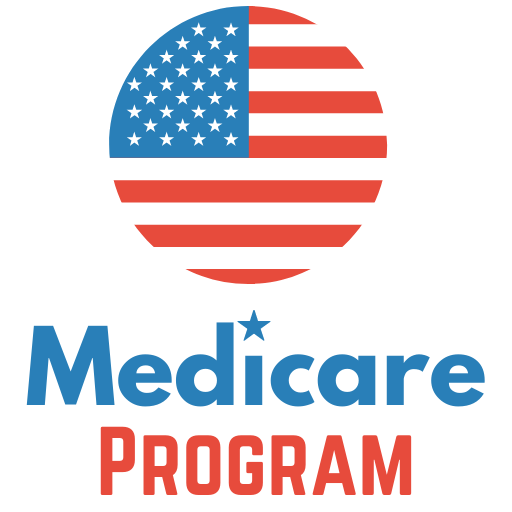
Boosted treatment for veterans with opioid use disorder during Covid
Treatment of veterans with opioid use disorder increased during the first year of the pandemic, a new study suggests, suggesting that the rapid shift from in-person visits to telehealth visits at VA medical centers it allowed patients to access care despite the relationship with Covid-19. interruptions
The study, published Thursday in the American Journal of Psychiatry, found that the number of Veterans Health Administration patients receiving buprenorphine for opioid use disorders increased 14 percent in the first year of pandemic compared to the previous 12 months. This coincided with a large jump in the use of telephone and video telehealth visits for buprenorphine prescriptions, from 11.9% of visits in March 2019 to 82.6% in February 2021 .
Buprenorphine is one of only two treatments associated with reduced mortality among people with opioid use disorder and the only one that is readily accessible in clinics and doctors’ offices.
The lead researcher, University of Michigan addiction psychiatrist Allison Lin, acknowledged that it is difficult to separate the effects of Covid, such as increased opioid use, overdoses and need for care, from effects of increased use of telehealth on continued buprenorphine increase. But it’s clear that telehealth visits played an important role in facilitating access to treatment at a time when overdose deaths were skyrocketing.
“We know that the biggest contributor to overdose is ongoing addiction, including opioid use disorder,” said Lin, who also works at the VA Ann Arbor Health System. “We have some very effective treatments. But the vast majority of people with opioid use disorder don’t get those treatments.”
It’s hard for hospitals to make big changes in a short time, but Covid was the “experiment you never asked for” that transformed health care overnight, Lin said. As of March 2020, providers were able to prescribe buprenorphine without the initial in-person visit normally required for controlled substances, using an exception under the public health emergency declaration. Accompanying policy changes include insurance coverage for telehealth appointments.
“It wasn’t just that people were using telehealth more, but the vast majority of buprenorphine care went to telehealth and the most used modality was the phone,” Lin said.
During the pandemic, telephone visits were the most used, accounting for 86.7% of visits among more than 13,000 patients continuing buprenorphine, followed by video calls and then face-to-face visits.
Haiden Huskamp, a professor of health care policy at Harvard Medical School who was not affiliated with the research, said the dramatic change in how care is delivered and the number of audio-only visits is surprising.
According to data from the National Veterans Health Administration, the overall increase in use was attributed to fewer patients discontinuing buprenorphine treatment during the first year of the pandemic. The number of patients who started the drug decreased during the same time period.
“It’s unclear whether these findings generalize to other settings,” said Lori Uscher-Pines, a senior health policy researcher at the RAND Corporation who was not involved in the study. “The VHA faces fewer barriers to delivering high-volume telehealth visits and had more sophisticated telehealth programs prior to the pandemic than other settings.” He added that future research should address what is driving the trend toward fewer buprenorphine treatment initiations.
When the public health emergency declaration expires, patients who rely on telehealth should return to in-person visits unless the law is changed. “I’m not sure what would happen to these patients who have been receiving their buprenorphine treatment through telehealth, who have only known care through telehealth,” Lin said, advocating for the continued use of telehealth after the pandemic ends.
While more patients stayed with buprenorphine treatment through virtual appointments, the researchers found a decrease in other substance use disorder treatments during the pandemic.
Since most health care use, from preventive treatments to chronic disease care, declined during the pandemic, Lin said telehealth policies may be more complex to implement because to forms of addiction such as alcohol consumption that require therapy, not just medication.
A common concern with telehealth is the potential for inappropriate prescribing. However, Lin explains that there is no evidence that in-person visits reduce unnecessary or harmful prescriptions, nor is there evidence that telehealth systematically leads to increased misuse.
“Who the hell cares?” said Ateev Mehrotra, a professor of health care policy at Harvard Medical School who studies telemedicine, acknowledging that this is his personal opinion on a controversial topic. “If a person with an opiate use disorder gives buprenorphine to another person with an opiate use disorder and diverts them … if they are using it to manage their withdrawal symptoms and are less likely to use heroin or fentanyl and die, maybe that’s a good thing.”
Mehrotra notes that studying the effect of telehealth on patient outcomes is challenging because “the people who use telemedicine tend to be more educated, more sophisticated, they’re really going to do better anyway,” and it’s hard to find a controlled way to compare a group of patients who receive telemedicine options to those who do not.

Comments are closed.